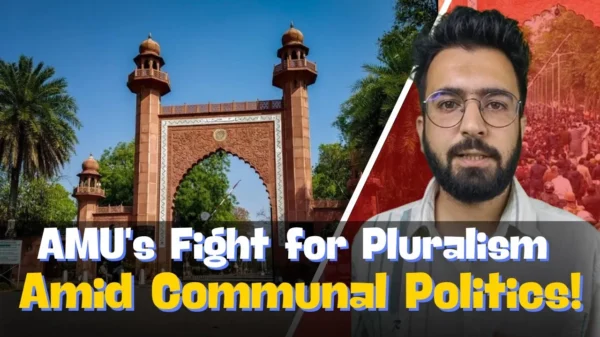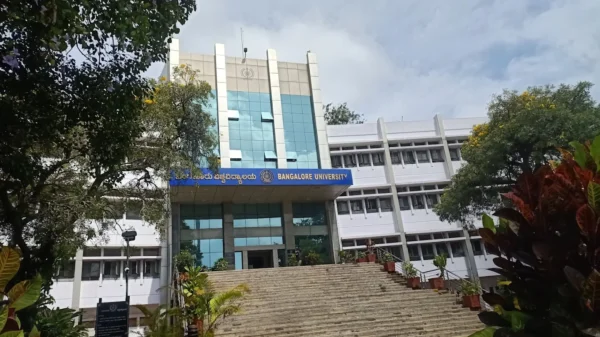On October 2, 1187, Sultan Salahuddin Ayubi liberated the city of Jerusalem after inflicting a huge defeat on Crusaders at the Battle of Hattin in July. Salahuddin reconquered nearly all territory of the Kingdom of Jerusalem after 88 years of Crusader rule. The siege of Jerusalem lasted from 20 September to 2 October 1187, when Balian of Ibelin surrendered Jerusalem to Sultan Salahuddin Ayyubi.
Sultan Salahuddin Ayyubi
Sultan Salahuddin Ayyubi or Saladin (according to Western World) was born in 1137 in the city of Tikrit (modern day Iraq). Due to political turmoil, the Ayyubi family was banished from Tikrit to Mosul on the very day of Salahuddin’s birth. Despite initial pessimism about his future, Salahuddin’s destiny would prove remarkable.
In Mosul, under the generous patronage of ruler Imad ad-Din Zengi, Salahuddin and his family found refuge. Both Salahuddin and his brother were appointed as commanders, setting the stage for Salahuddin’s military career. Later, they moved to Baalbek, where Salahuddin received education under the guidance of esteemed scholars and excelled in various fields; he was a jurist, Qur’an reciter, and poet.

He is regarded as a true Muslim hero who conquered the city of Jerusalem from Christians. He is not only remembered for his gallantry, heroism and brilliance as a soldier, statesman and military leader but also for his tolerance, mercy and justice.
He was the founder of the Ayyubid dynasty. He was the first ruler in the Islamic world to be called as the Custodian of the Two Holy Mosques. Many of the scholars describe him as the de facto Caliph of Islam. At the height of his power, his empire included Egypt, Syria, Upper Mesopotamia, the Hejaz, Yemen and other parts of North Africa.
liberation of Al-Quds :
Following a series of victories, including the conquest of Damascus in 1174 and Mosul shortly after, Salahuddin’s dominion expanded rapidly. By 1175, he was officially proclaimed as the “Sultan of Egypt and Syria” by the AbbaSalahuddin’s remarkable victory in reclaiming Jerusalesid Caliph Al-Mustadi’. Establishing Cairo as his capital initially, Salahuddin later shifted his seat of power to Damascus. His realm spanned Egypt, Syria, Upper Mesopotamia, the Arabian Peninsula, and parts of North Africa, earning him the illustrious title of “the liberator of Jerusalem.”
On 4 July 1187, Saladin’s armies scored a great victory at the Battle of Hattin near Tiberias, the most pivotal defeat to befall the Crusaders. Crusader King Guy de Lusignan and many Crusader princes and lords, including Raynald of Châtillon, were captured. Fought in response to the provocations of Raynald de Chatillon, who flagrantly attacked Muslim caravans and insulted the Prophet Muhammad, the battle culminated in Salahuddin personally delivering justice to Raynald. Saladin killed Raynald in fulfillment of a vow that he made following the latter’s murderous attacks against Muslims.
After the Battle of Hattin, which dealt a major blow to both the morale and military might of the Crusaders, Saladin moved against many Crusader states and conquered almost every Crusader territory in the region, clearing the path to retake Jerusalem.
The holy city had become a refuge for most of the Crusaders of the Levant, and fighters who fled previous defeats against the Muslims. They held out in defence of Jerusalem as Saladin’s forces descended on the city and besieged it.
The Muslim army bombarded the city walls using catapults and tried to storm the city several times. After a 12-day siege, on 2 October 1187, the leader of the Christian forces, Balian of Ibelin, surrendered the city.
After the reconquest of Jerusalem:
After giving a humiliating defeat to the Christian armies in the Battle of Hattin, the strong and large army of Sultan Salahuddin laid siege to Jerusalem.
When Sultan Salahuddin entered the city after its surrender, one of his advisers told him to destroy the Church in order to end all Christian interest in Jerusalem. Because the atrocities done against the Muslims after the first crusade were still alive in the minds of people.Even the Christian historian described the First crusaders as mass murderers. Tyerman has further said that “The slaughter continued for days; Muslims were indiscriminately killed, and Jews who had taken refuge in their synagogue died when it was burnt down by the Crusaders.”
But Sultan Salahuddin brought various reforms of religious freedoms in the city. He allowed the Orthodox Christians and Syriacs to remain and to worship as they chose. The Copts, who were barred from entering Jerusalem by the Crusader kingdom of Jerusalem as they were considered heretics and atheists, were allowed to enter the city without paying any fees and the Sultan treated them as his own subjects.
The Coptic places of worship that were earlier taken over by the Crusaders were returned to the Coptic priests. The Copts were also allowed to visit the Church of the Holy Sepulchre and other Christian sites. The Abyssinian Christians were allowed to visit the holy places of Jerusalem without paying any fees.
Ultimately the Sultan didn’t destroy the Church of the Holy Sepulchre and set forward the example of religious tolerance for the generations to come.
This momentous triumph further solidified Salahuddin’s reputation as a valiant defender of his people and a beacon of hope for the Muslim world.

































































